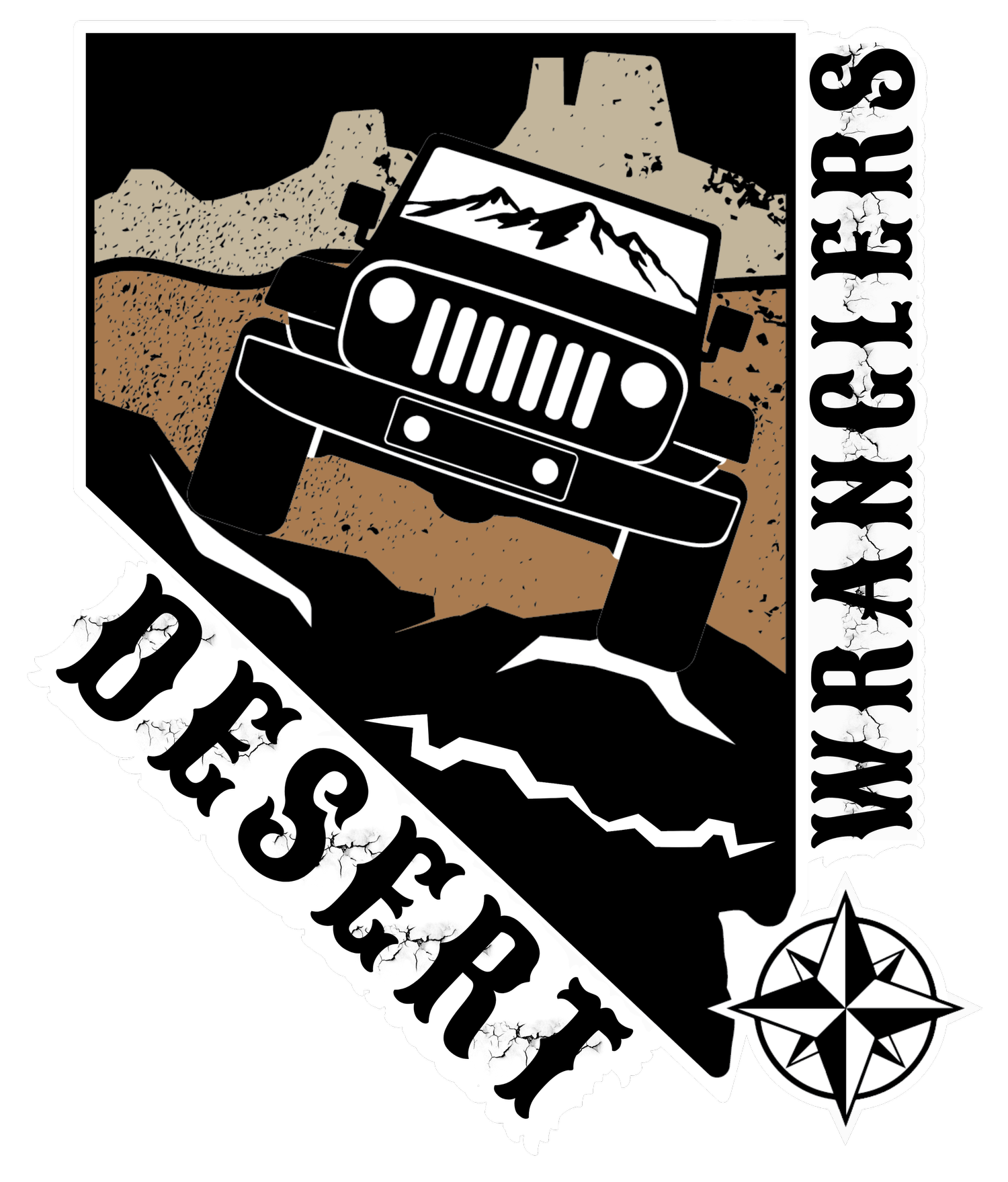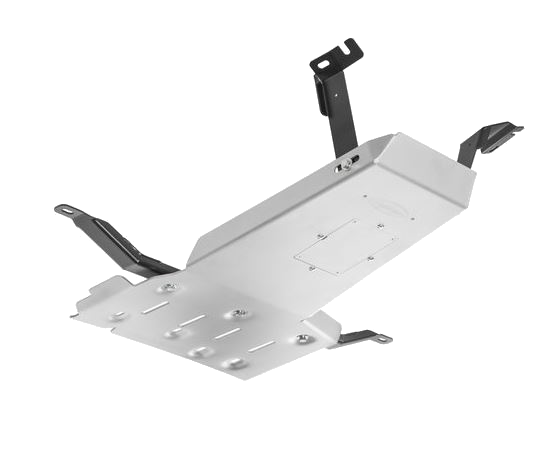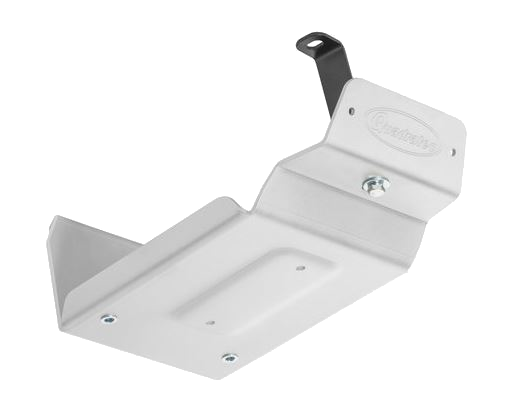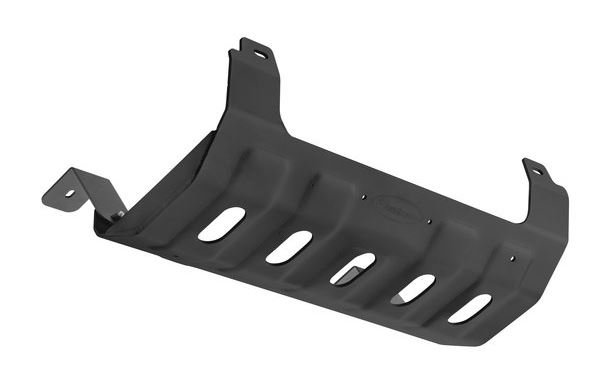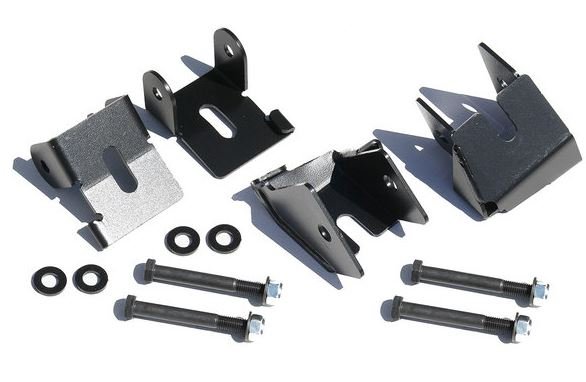Protective Armor and Skid Plate Systems
Usually when we think about armor for our jeeps we think of steel bumpers, rock sliders, and steel fenders. The truth of the matter is that there is more to armor than what was just mentioned. The undercarriage of your Jeep is exposed and is an open target for the trail and rocks that you will come to meet. Skid plate systems and other articles of armor exist to protect the underside of the Jeep. You should be aware of skid plate systems, lower control arm skid plates and differential covers. Let us explore these artifacts in a bit more detail, so we will start from the top.
Factory bumpers are mostly plastic. There is some steel in the bumpers for structure but there is not real reinforcement to the bumpers. Steel front and rear bumpers are a solid improvement to the factory one as far as protection to you and your Jeep. They are heavier so you may need an extra pair of hands when installing them. Aftermarket steel bumpers come in so many variations so you will be able to decide on how your Jeep appears.
The original fenders have the same issue as the bumpers. They are made from the same ABS polymer as the bumpers and off little to no protection to the sides of the Jeep. Steel fenders can offer this protection to your Jeep and can give your Jeep a more off-rod look. Steel fenders come in different variations as well that can range from flat fenders to full fender armor fenders.
Most Jeeps do not come with a sidestep for entry. The ones that do are equipped with a short of half running board. This allows the driver and passenger to enter the Jeep with something to step on. This defeats the purpose because there is no full length to the step and the rear passengers cannot take advantage of the step if the Jeep is a 4 door. In the after-market world, you can find a large variation of side steps that fit your Jeep and can be found in full length models but that is exactly what they are, just steps. Rock sliders will perform as steps and are made full length to your Jeep. The advantage to this type of side bar is that they offer protection to the body of the Jeep like the afore mentioned parts. Specifically, the rocker panels.
Skid plates systems for the most part, are modular. All the sections can be pieced and fastened together to create a solid system under your Jeep. The system consists of an anti-sway bar skid, and engine/transmission skid, a transfer case skid, a rear transfer case skid if you have an Unlimited model (4 door), an evaporator canister skid, a fuel tank skid, and a muffler skid.
Before we move any further, I know I did not mention a strong piece to the assembly. The transfer case crossmember is not parts of the armor category of these but I believe it is a good idea to mention this to you. The original equipment crossmember is made from thin steel and is exposed like the rest of the under side of the Jeep and it is prone to first contact by rocks. I have experienced this personally on a 2017 JK Unlimited. So long as you have decided to invest in this protection for your Jeep, now is a suitable time to replace the original crossmember with a heavy duty one. The transfer case skid and fuel tank skid will bolt directly to this item so now would be perfect time to replace the original. There are several manufacturers that offer this appliance.
The anti-sway bar skid plate is more than just a plate. It is a real piece of armor that protects the anti-sway bar from anything on the trail that would contact it to create damage. The anti-sway bar is the road stabilizer for the Jeep. If this bar is damaged or bent the Jeep will not drive straight and will take more concentration on your part to keep the Jeep going straight on the road. This skid plate bolt directly under the front bumper and is shaped in an L formation to give the most coverage for the anti-sway bar.
Protecting the engine and transmission of your Jeep is one of the most important responsibilities you may have. The engine oil and transmission oil are the life blood of your Jeep. If the pans that hold these fluids are damaged to the point that oil leaks, the rest of the day will be ruined. Keeping these pans safe is imperative to your Jeep to keep it on and off the trails. Engine/transmission skid plates also offer a port or door for easy oil changes so the entire skid plate does not have to be removed.
Immediately following the transmission is the transfer case. The transfer case is the mechanism that enable the 4-wheel drive feature in your Jeep. The transfer case is directly connected to the transmission and shares the same oil supply. The transfer case can be just as expensive to repair as the transmission if it fails regardless of damage or age. While the front of the transfer case is bolted directly to the transmission at the front of the device, the rear is suspended by a crossmember that it is fastened to. This is the crossmember that I mentioned earlier in this draft.
The original equipment (O.E.) transfer skid plate is a decent part of the Jeep that compliments the security of the transfer case. The issue with this piece is that it is a single unit that only cover the transfer case from the bottom and is wide open all around it. This means that anything around the transfer case skid can climb into it, or the skid can act like a shovel to pick up dirt and rocks. The transfer case skid plate is just a thin sheet of metal and is welded to a mounting bar the bolts to the chassis of the Jeep so be rest assured that the after-market model will come with a replacement bar for the new skid plate.
Not too far behind the transfer case is the Evaporator Canister. The EVAP system uses the charcoal canister to store fuel vapors that escape the gas tank through a tube. The charcoal evap canister empties by engine vacuum sucking the vapors out, to be burned as fuel. This can only be done when the vent valve and purge valve are opened simultaneously. The evap canister does have its own skid plate that surrounds the canister but just like other shielding under the Jeep, it is made of thin sheet metal. If the evap canister gets damaged along the trail, the repair can be costly starting with diagnostic fees because a damaged unit will cause the check engine light to turn on. The modular evap canister skid plate offers a thicker material that serves are better stronger protection for this device.
Now, because the Unlimited model of the Jeep Wrangler (the 4 door) is a longer vehicle, so this has been taken into consideration of the skid plate system. The rear transfer case skid plate has been designed as a modular plate that integrates between the transfer case skid plate and the evap skid plate to tie them together and compliment the skid plate system, making the system a complete unit.
Moving to the passenger side of the Jeep you have the fuel tank. The fuel tank, just like the evap canister and transfer case, has a skid plate. The manufacturer thought this to be important enough to add a form of protection for the fuel tank since it is beneath the Jeep and exposed to everything. This skid plate is also made of thin sheet metal and is subject to dents and other kisses from the rocks. The unfortunate part of this thin sheet metal plate is that the fuel tank is made of polymer not steel. If this tank is punctured, you will have to replace the tank because it is not repairable. Take note that the fuel tank skid plate does not integrate to the skid plate system, but it is a wonderful add on to the system to help complete the protection of the under carriage of the Jeep.
Towards the rear of the rear of the Jeep is the muffler. The muffler is about the dimensional size of a kitchen trash can. This part is used to quiet the exhaust noise coming from the engine. Although the muffler itself is a cumbersome piece of the exhaust system, it is necessary for noise control. The muffler skid plate has been designed to protect the muffler from trail damage in case your trail ride takes you on a journey where descending on rocks may puncture the muffler. A damaged muffler is not a huge dilemma as it can be replaced like other parts of the Jeep but why would you want to spend more on repairs. This can feel like a negative expense. The muffler skid plate helps protect the muffler from such damage and unnecessary expenses. On a side note, there are exhaust modifications that can give better performance to your Jeep and replace the existing muffler to one that has been engineered for the exhaust system and has been strategically positioned to a more secure area under the body of the Jeep to better protect the muffler. This choice defeats the purpose of the muffler skid plate and can be a bit more expensive but that is decision you will make after a bit of research on your part.
We have covered the skid plate system the way it is supposed to be under your Jeep. This included the parts that are not integrated to the modular section of the system. Let us take a second to look at what the modular section looks like under your Jeep. This image also includes the fuel tank skid.
At this point we covered the skid plate system and a few exterior body armors but there are a couple more things to mention here. Under your Jeep, there are still a few items that are exposed to direct contact with possible damage. From here I am going to briefly talk about the lower control arms and differentials.
On any stock height, non-lifted Jeeps, the lower control arms hang very low under the Jeep and are subject to damage from impact. Lower control arm skid plates have been designed for the front and rear of the Jeep. Lower control skid plates are available to protect the lower control arms and the bracket from unexpected elements. They come in various form from different manufacturers and are available as bolt on or weld on.
Lastly, I want to mention the front and rear differentials of your Jeep. The differentials or axles house the axle shafts, the differential carrier, and the ring and pinion gears. To access the carrier or the ring and pinion, you must remove the differential cover. The differential covers are found at the front or the rear of the differential depending on the one you are looking at. They are circular with a specific shape to accommodate the differential housing and fastened with up to 14 bolts. These covers are made of thin steel plate. These covers, if contacting a rock, can be pulled or pealed by the rock and the differential fluid will leak out. This can turn into another expensive repair if the unfortunate occurrence happens to you. There are a few forms of protection for the differentials.
You have options like differential guards that look like a cage or there is the differential skid plate that can be bolted directly to the differential housing to add a more study method of protection. Another choice to protecting the differentials is to replace the factory steel covers with stronger covers made from materials like iron or aluminum. There are many options to choose from many vendors and manufacturers so this is another item you will want to research to find the perfect one for you.
Here is a video by DEFIANT JEEP that briefly helps explain about armor and skid plate systems.
Armor and Skid Plate Systems
by: DEFIANT JEEP
Desert WranglerS and DEFIANT JEEP do not share any affiliation with Quadratec or Rough Country. This document is for education purposes only.